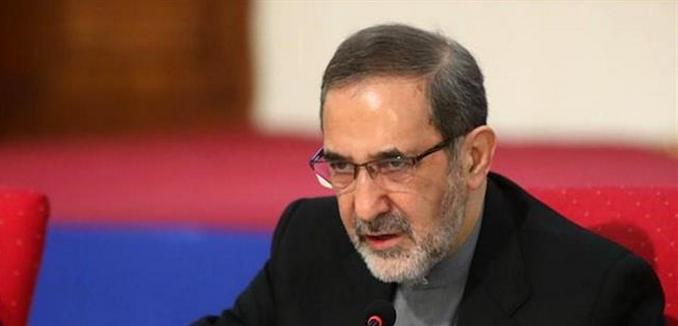Iran will not allow the International Atomic Energy Agency (IAEA) inspectors to visit its military sites, a top adviser to Supreme Leader Ayatollah Ali Khamenei said. It was the latest statement by a top Iranian official that exposed weaknesses in the nuclear deal made with Iran in 2015.
In response to Amano’s statement Monday that “we will continue to implement the Additional Protocol in Iran … as we do in other countries,” meaning that the IAEA would ask to inspect military sites if necessary to ensure that Iran isn’t violating its nuclear commitments, Khamenei’s adviser, Ali Akbar Velayati, said that Iran did not give the IAEA permission to visit nuclear sites, according to the semi-official PressTV news agency.
(Two weeks ago the Associated Press quoted Amano saying that, according to the deal, the IAEA “has access to (all) locations without making distinctions between military and civilian locations.”)
“Mr. Amano, his agents and no other foreigners have the right to inspect our military sites, because these sites are among off-limit sites for any foreigner and those affiliated with them,” Velayati said, insisting that Iran would not have made an agreement allowing such access. (According to PressTV, Velayati said that “Tehran would have never signed any agreement with the UN nuclear agency” if it included such a provision. In fact the nuclear deal was never signed).
Access to military sites is essential to nuclear inspections, Yishai Schwartz wrote in 2015 at the Lawfare blog, observing that “if there would be inspections-free zones, there could be no guarantee that states’ nuclear programs were peaceful…”
“But in insisting on a special exemption denying IAEA access to military site, Iran is actually demanding special, privileged treatment,” Schwartz added. “The fact that the p5+1 would even consider subjecting such visits to a ‘joint commission’ of the IAEA represents a significant and dangerous departure from previous practice. The logic of the oversight system rests on the assumption that the IAEA Board of Governors holds ultimate authority to decide where its inspectors go, and that the Security Council serves as its enforcement mechanism. Playing with these details would gut the entire structure.”
Velayati’s refusal to allow inspections of nuclear sites isn’t the only recent statement by an Iranian official that calls into question the nuclear deal’s ability to prevent Iran from developing a nuclear weapon for at least ten years.
Ali Akbar Salehi, head of the Atomic Energy Organization Of Iran (AEOI), said last month that Iran has the capability to resume enriching uranium to 20% within five days. Salehi’s remarks were recently translated and published by the Middle East Media Research Institute (MEMRI).
“We [actually] poured cement only into some of the reactor’s pipelines, [pipes] several centimeters in diameter and two to three meters long. [We poured it] not into the reactor itself but [only] into the external pipes,” Salehi added, referring to Iran’s obligation to render its heavy water reactor at Arak inoperable. “If we are instructed to restore the former reactor and advance the former program that is unsuitable to [the present time] and is 40 or 50 years out of date, we will remove the front and back parts of these pipes and put in new pipes, which will take only several months.”
Despite the claims of the Obama administration that the nuclear deal blocks Iran’s “four pathways to a nuclear weapon,” Salehi’s boasts show that Iran’s concessions are temporary and easily reversible.
Taken together Velayati’s and Salehi’s statements show that the nuclear deal isn’t capable of stopping Iran’s efforts to develop a nuclear weapon and that it lacks the authority to ensure Iran’s compliance.
[Photo: PressTV]




